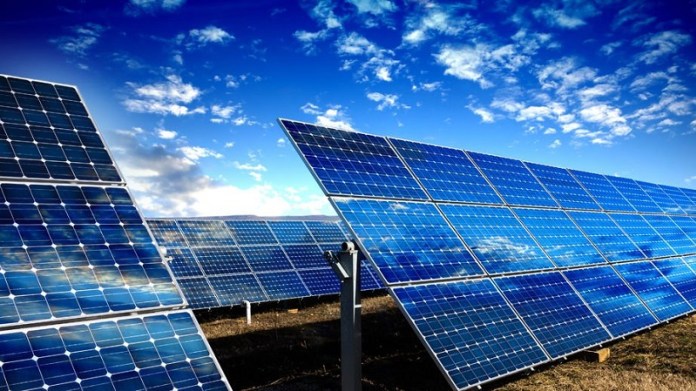By Tsvetana Paraskova
Although government support of renewables in India remains strong, the country faces “a myriad of challenges,” which will likely result in India falling short of its own renewable energy targets by 2022, energy consultancy Wood Mackenzie said on Monday.
India has set targets to have 175 GW renewable capacity installed by 2022, 100 GW of which is solar and 75 GW of which is wind.
However, even if costs were to drop significantly, Wood Mackenzie expects that only 76 percent of the 175-GW target will be achieved by 2022, “and this would still be a noteworthy achievement,” the consultancy said.
The myriad of challenges include recently cancelled auctions, which could undermine investor confidence, Wood Mackenzie’s solar analyst Rishab Shrestha said.
“Various duties on equipment and the associated uncertainty has led to a short-term uptick in solar prices. This leads to knock-on effect on already cash-strapped state distribution companies who are showing an unwillingness to greenlight high priced solar projects,” Shrestha said, but noted there was continued government support and flexibility in responding to industry hurdles.
“As a result, renewable prices continue to remain competitive,” WoodMac’s Shrestha added.
India’s wind and solar capacity has nearly doubled since 2014 to 61 GW in 2018, mostly due to significant cost declines in the auctions, according to Wood Mackenzie.
In solar alone, India was the world’s second-biggest solar market in the first half of 2018, outstripping the U.S. and second only behind China in solar capacity additions, research by Mercom India showed earlier this month.
Capital costs are further seen down over the next five years, by 23 percent for wind and by 31 percent for solar, according to WoodMac, which expects non-hydro renewables to account for 13 percent of India’s power generation mix by 2023, double the share of today.
By 2040, India is projected to boost its renewable capacity sevenfold to 384 GW, driven by offshore wind, hybrid projects, floating solar, and distributed solar.
“The 384 GW of non-hydro renewables will ultimately contribute 20% of generation share by 2040,” WoodMac’s Shrestha said.
Source: Oilprice.com






